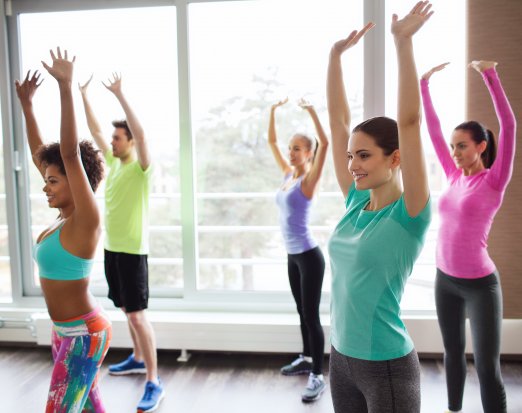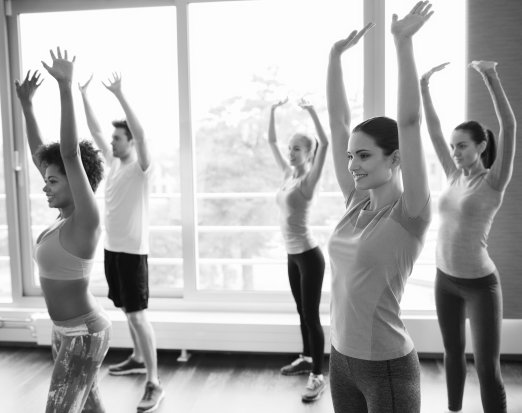Exercises to prevent falls in older adults
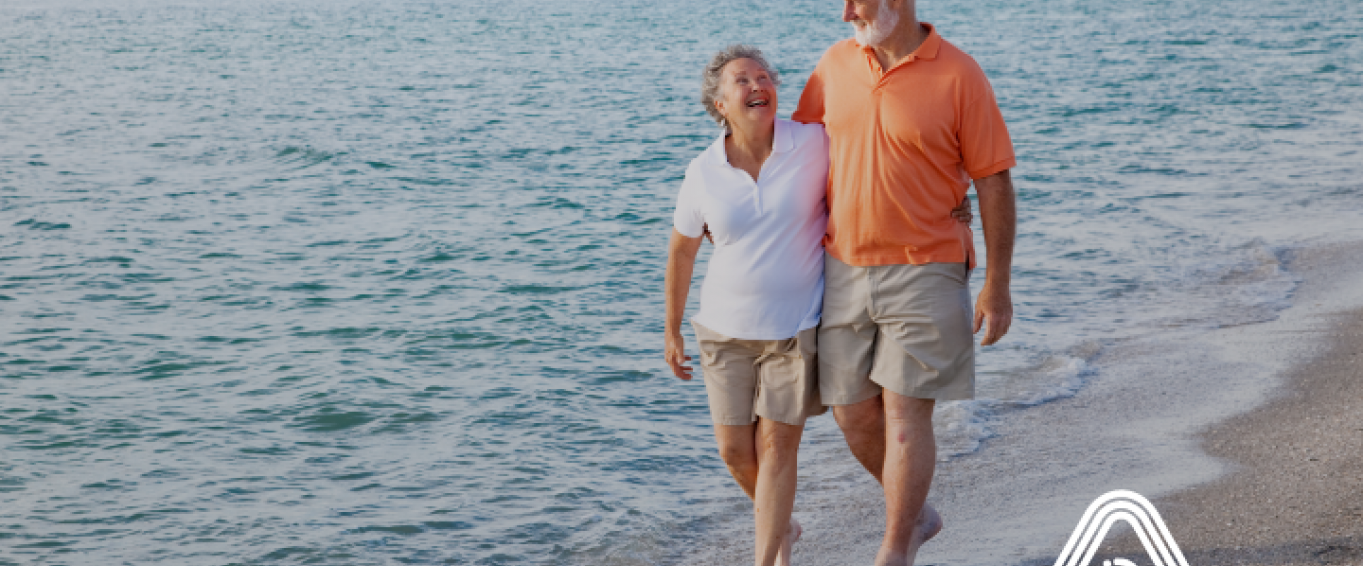
Falls are more common than you might think, approximately 1 in 3 older adults over the age of 65 fall every year at home, however falls are often overlooked and not taken as seriously as they should.
The aftermath of a fall is both physically and mentally damaging, often causing people to lose their confidence to move around independently. Some people will withdraw from the outside world because they are afraid of falling and hurting themselves more seriously. Others will refrain from talking to their GP or family about their worries because they are worried they won’t take their concerns seriously.
Anyone can fall but older people are more susceptible and vulnerable, especially if they are suffering from a long term health condition or chronic pain. A fall could lead to a broken a bone, such as a hip, which could cause long-term damage and may even result in a hospital stay. If that wasn’t concerning enough, falls are the most common form of injury-related death of people over the age of 75 in the UK. Although most falls won’t result in a serious injury, it’s important to understand what can be done to prevent them and help older people who may be at risk.
Why do older people fall?
The natural ageing process means that older people are more vulnerable to falls. While we can’t reverse the effects of ageing, we can focus on building strength, balance and confidence which will help to prevent falls and the onset of frailty.
There are multiple reasons why ageing can increase the chance of a fall. Having good balance allows you to control your body’s position while you are moving or remaining still and helps you to move around independently. Older adults with good balance are able to get up from a chair without falling, walk without staggering, bend over without tripping and climb stairs without falling. When balance is poor, these everyday activities become very difficult and the risk of a falls, or an injury, is significantly increased.
As we get older, muscle fibres reduce in size and muscle tissue is replenished less frequently. Changes in the nervous system also cause muscles to have a reduced tone and the ability to contract. Older people tend to be the least active of any age group, due to mobility problems and health conditions, which means they use their muscles and bones less, leading to bone and muscle wastage. The bones also lose calcium and other important minerals.
Bones also become weaker over time, which leads to conditions such as osteoporosis. Both men and women are at risk of developing osteoporosis, although it’s more common in older women due to the hormonal changes that occur during menopause. The joints also suffer from age, they become stiffer and harder to move because the amount of fluid your body produces to lubricate the joint is decreased and the cartilage becomes thinner. Ligaments can also shorten and reduce your flexibility, making the joints feel stiffer.
All of these factors can make everyday activities such as walking up the stairs, carrying the shopping, or bending over to pick something up more challenging, and increases the risk of falling. In addition, someone might trip and fall due to poor eyesight, they could fall when they are running to the bathroom, or they might overextend themselves reaching for something. As you can see, there are plenty of reasons why older people may suffer from a fall, but there is one simple and effective solution to significantly reduce this risk and it’s called exercise.
Prevention
We are often told that falls are a part of ageing, but we believe that the right physical activity interventions can significantly reduce the risk of falls and prevent them from becoming a regular occurrence in older people’s lives.
Older adults can significantly reduce their risk of a fall through physical activities that focus on strength, balance and coordination. Studies have shown that low-intensity physical activity will have a positive effect on physical and mental health for people of all ages, which is all the more reason to encourage everyone to enjoy activity in later life. By working on exercises that improve these core fitness components, we are empowering older people to feel confident and giving them the tools to lead more independent lives.
Exercises to reduce the risk of falls
These exercises are a simple and effective way to improve the core components of fitness and can be recommended for older people over the age of 65. If they haven’t been active for a while, it’s a good idea to consult their GP before encouraging them to do the exercise.
Instructions for exercises for older adults
Warm up:
Get muscles properly warmed up to reduce the risk of injury. Walk around for 3 minutes, this could be outside, or simply walking around the room. Your heart should be beating a little faster than usual and your body temperature should be slightly elevated.
Strength
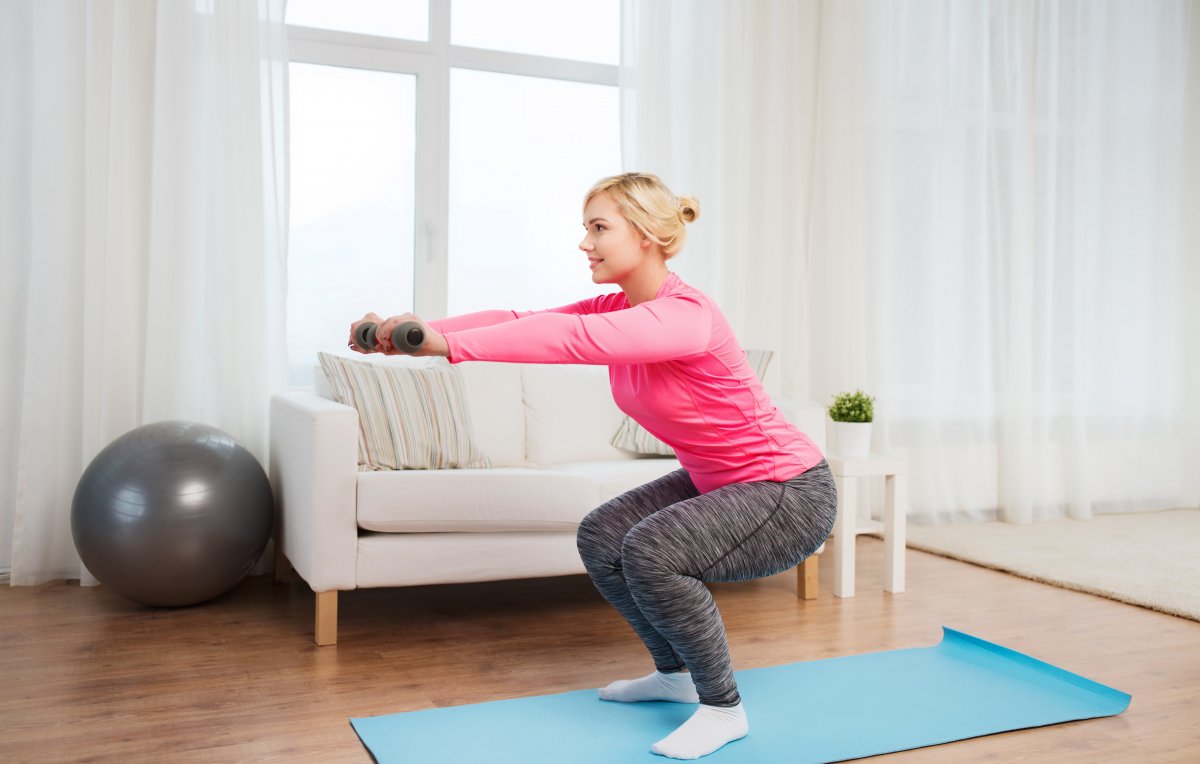
Squat:
The most effective move for developing strength in the legs, buttocks and hips is the squat. It is a compound movement that strengthens the posterior chain, which is the largest group of different muscles in the body.
• Stand directly in front of a sturdy chair (without wheels) with your feet shoulder width apart. Extend arms so they are parallel to the floor. Place your weight more on your heels than your toes and bend down so you are slowly lowering yourself towards the chair, count to four in your head to be controlled.
• Pause and slowly push yourself back up to the standing position. Try and keep your knees over your ankles and your back straight. This is one squat.
• Repeat the squat 5 times with rests in between if you need to, this is called a set. Try and complete 3 sets of the squats as part of your weekly exercise routine.
Note: If this is too difficult then place some cushions on the chair seat and only go as far as the cushions. Make sure you never let your knee go further out than your toes.
Balance
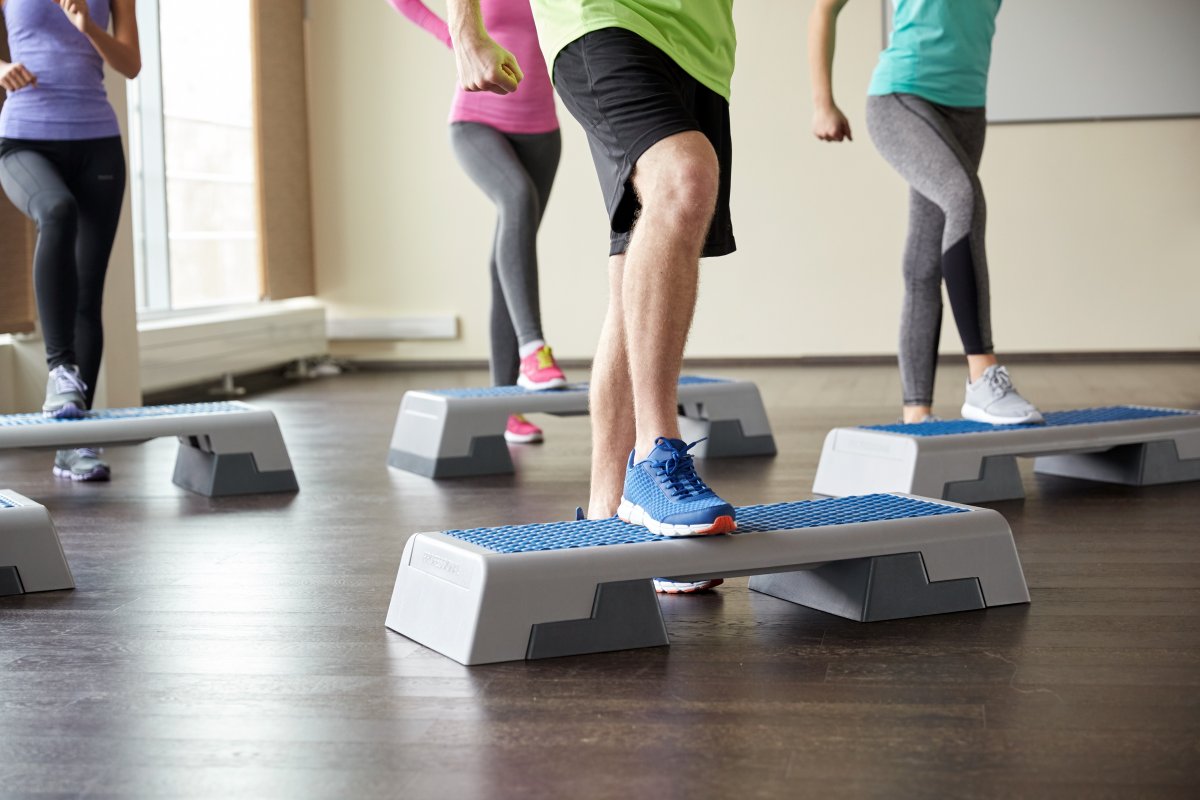
Step up:
Use a step, preferably with a railing or near a wall to use as support for this exercise.
• Step up with your right leg.
• Bring your left leg up to join it.
• Step down again and return to the start position.
The key for building balance is to step up and down slowly and in a controlled manner. Remember to breathe deeply as you perform this exercise. Perform up to five steps with each leg.
Coordination
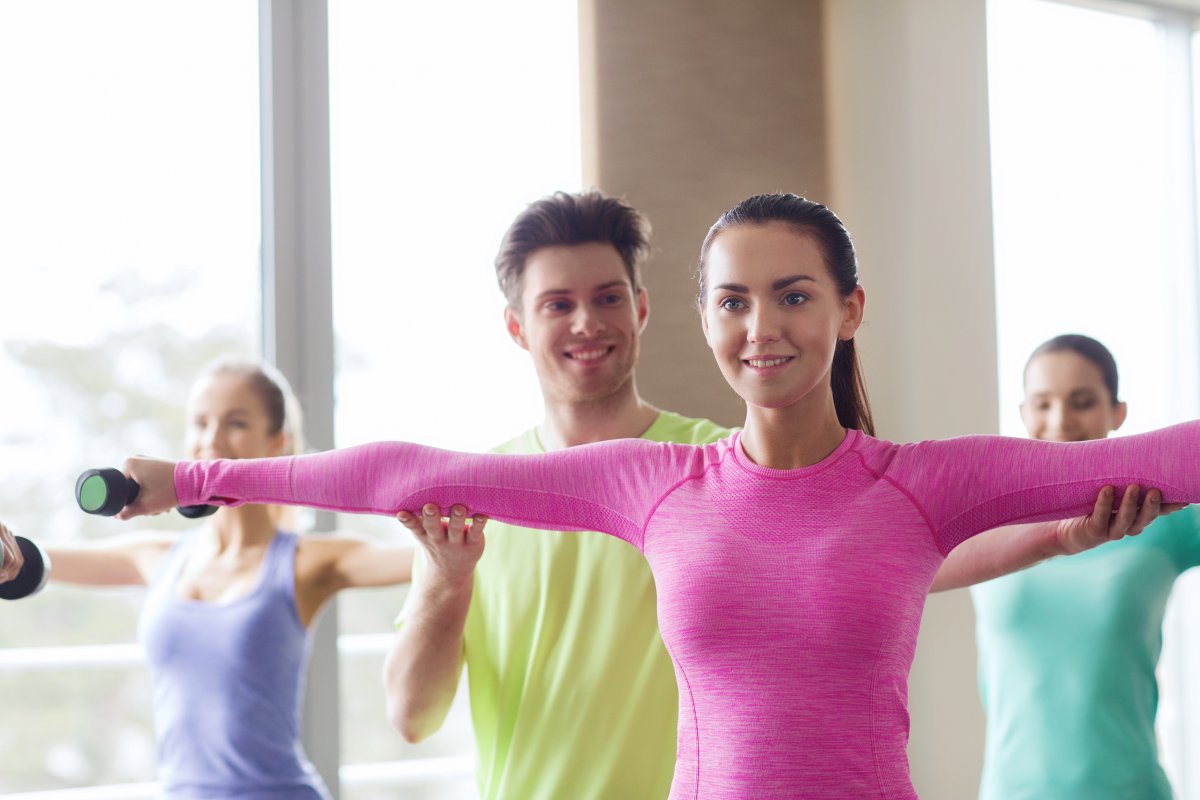
Alternating circles:
• Stand with your back straight, shoulders back and feet shoulder-width apart.
• Hold both arms straight out at your sides. Circle one arm forward in small, slow circles while circling the other arm backward in equally small, slow circles. Do this for eight repetitions.
• Rest your arms loosely at your sides for a minute.
• Hold your right arm back out in a straight line. Do small forward circles with your right arm. At the same time hold your left leg slightly to the side while doing small forward circles with this leg. Do this for eight repetitions, then do the same move with the left arm and right leg. If you need help maintaining your balance, grab the back of a chair or sofa.
There you have it, three simple exercises to improve strength, balance and coordination. Encourage older adults to practise these movements at least twice a week to help grow their confidence with movement and be more independent. If they stick to a routine, they should be able to see results after 4-8 weeks.
For more exercise tips and news about functional health, sign up for the Amaven newsletter and never miss a post again.


